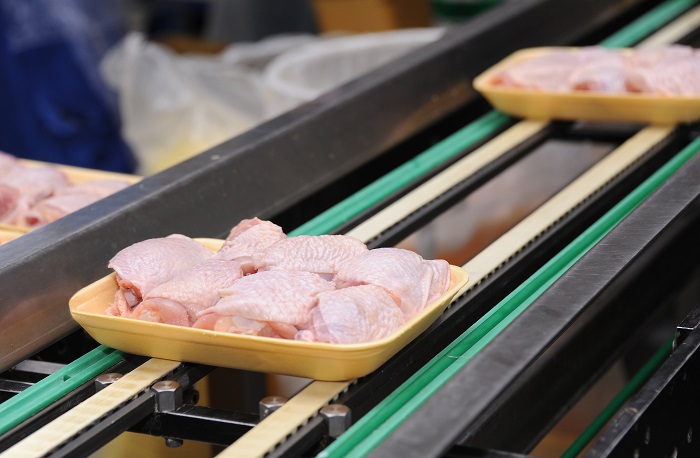According to the latest poultry report from Rabobank, the outlook for most markets in 2023 is positive. Demand remains strong and supply limited, but the context is changing. An economic downturn will affect market conditions, ongoing high inflation will pressure consumer spending power, and operational issues will continue to challenge producers.
Although a rising number of countries are risking oversupply, global markets are expected to stay strong in 2023, with global poultry demand expected to benefit from consumers trading down to cheaper animal proteins. However, in many countries, demand growth will be restricted by tight supply, leading to ongoing high prices.
Global economic growth is expected to fall, while inflation is expected to stay high. “This will pressure demand as consumers become more price-driven and raise the question of what price consumers are prepared to pay. This could lead to demand destruction, especially among low-income consumers. This is happening globally but especially in emerging markets in Asia, Africa, and Latin America,” said Nan-Dirk Mulder, Senior Analyst – Animal Protein at Rabobank.
In addition to these market changes, producers will face key challenges on the operational side, namely feed and energy prices, labour cost and availability, avian influenza (AI), and trade. Although feed prices will be slightly lower than in 2H 2022, feed and other input costs, such as energy, day-old chicks, and labour, are all expected to stay high.
Tight global agri commodity inventories, along with geopolitical changes and ongoing La Niña conditions, mean feed commodity prices can change rapidly. Other input costs like gas, electricity, oil, and freight have been highly volatile, with significant regional differences. The outlook for these costs is still uncertain and depends on several factors like winter weather, government interventions, and supplier strategies. Furthermore, in several regions the availability of breeding stock has been tight, restricting expansion. “Leading in terms of efficiency, procurement, feed formulation, biosecurity, and flexibility could make a difference under price-driven market conditions in the coming year,” said Mulder.
Global poultry trade has been exceptionally strong in 2022, and it is expected to stay strong in 2023, on the back of tight supply conditions. However, AI, government interventions, and oversupply could create significant volume and price swings.
How the industry deals with ongoing disease pressures, like AI and African swine fever in pork, is particularly crucial. “Disease pressure, which is currently very high in the Northern Hemisphere, is now moving into South America. Optimal biosecurity, monitoring, and compensation programs will be key, and further discussions about adaptation of vaccination as a tool will become more relevant,” said Mulder.
“The potential spread of AI into Brazil could shake up global markets and poultry availability if it reaches key production areas in South or Centre-West.” Government interventions during ongoing periods of high food prices, weak economic conditions, and pressured consumer spending power are also important and could include measures such as an opening of imports or restrictions on exports, as seen in 2022. This could create big swings in global trade.


